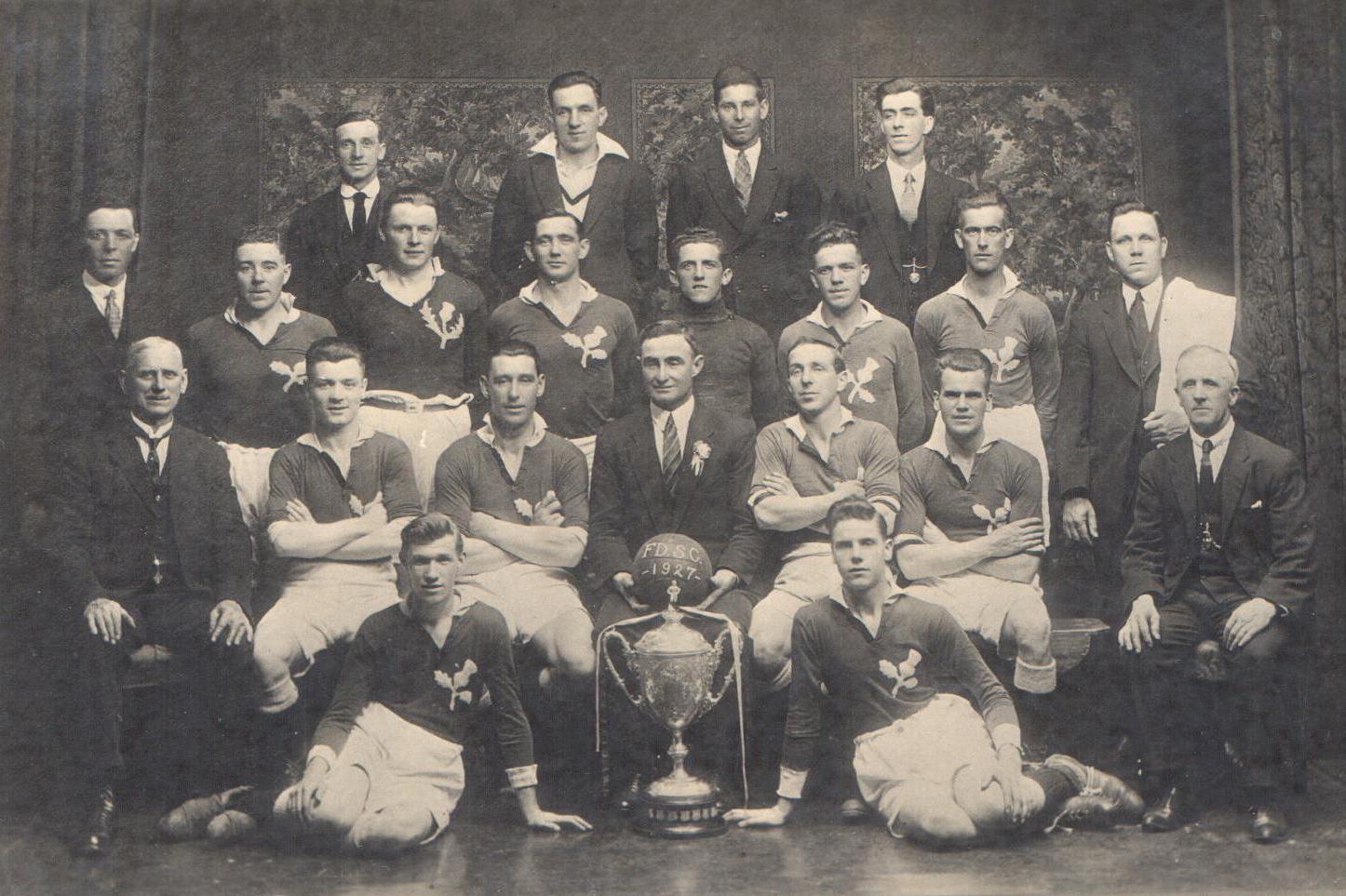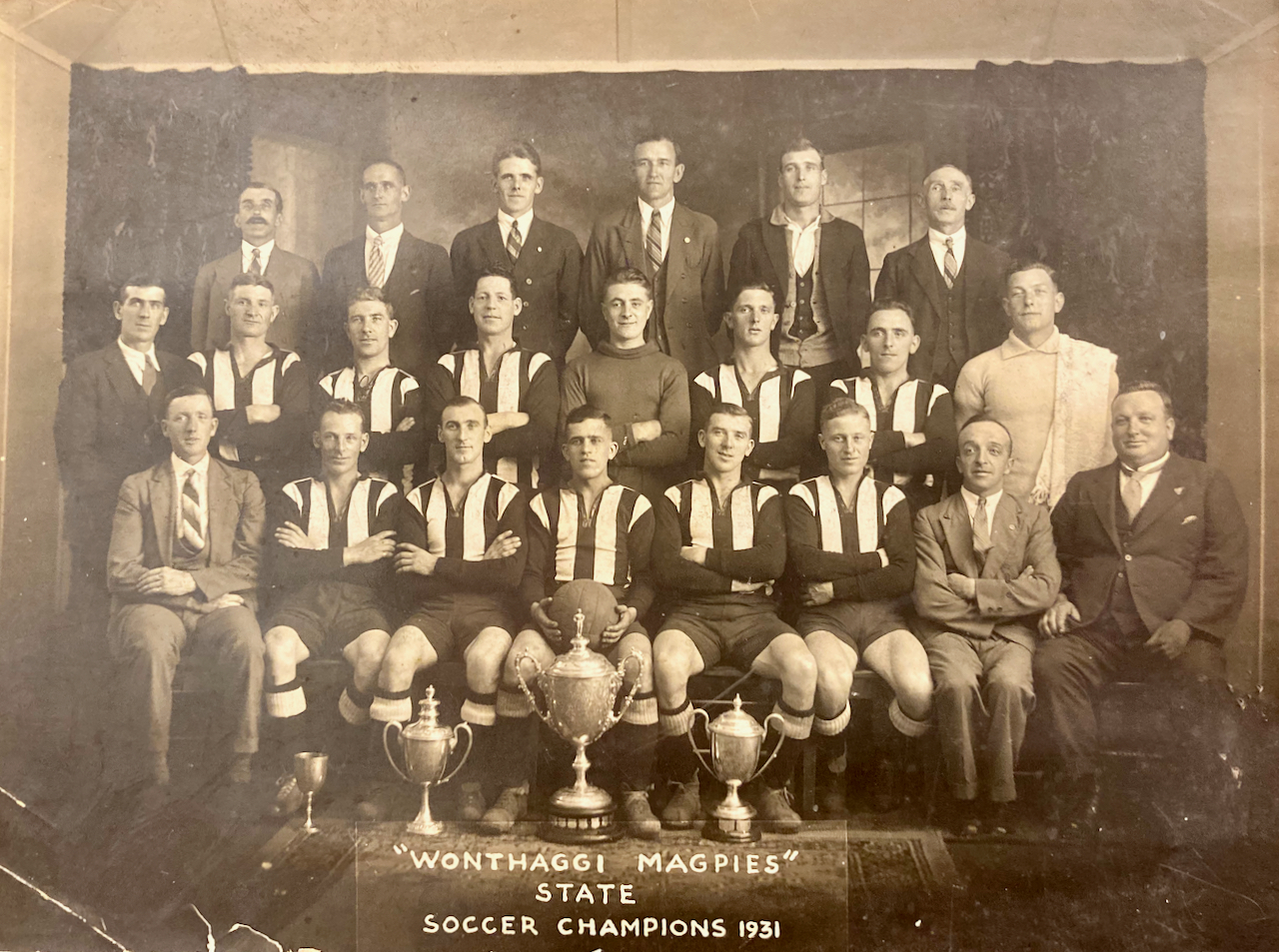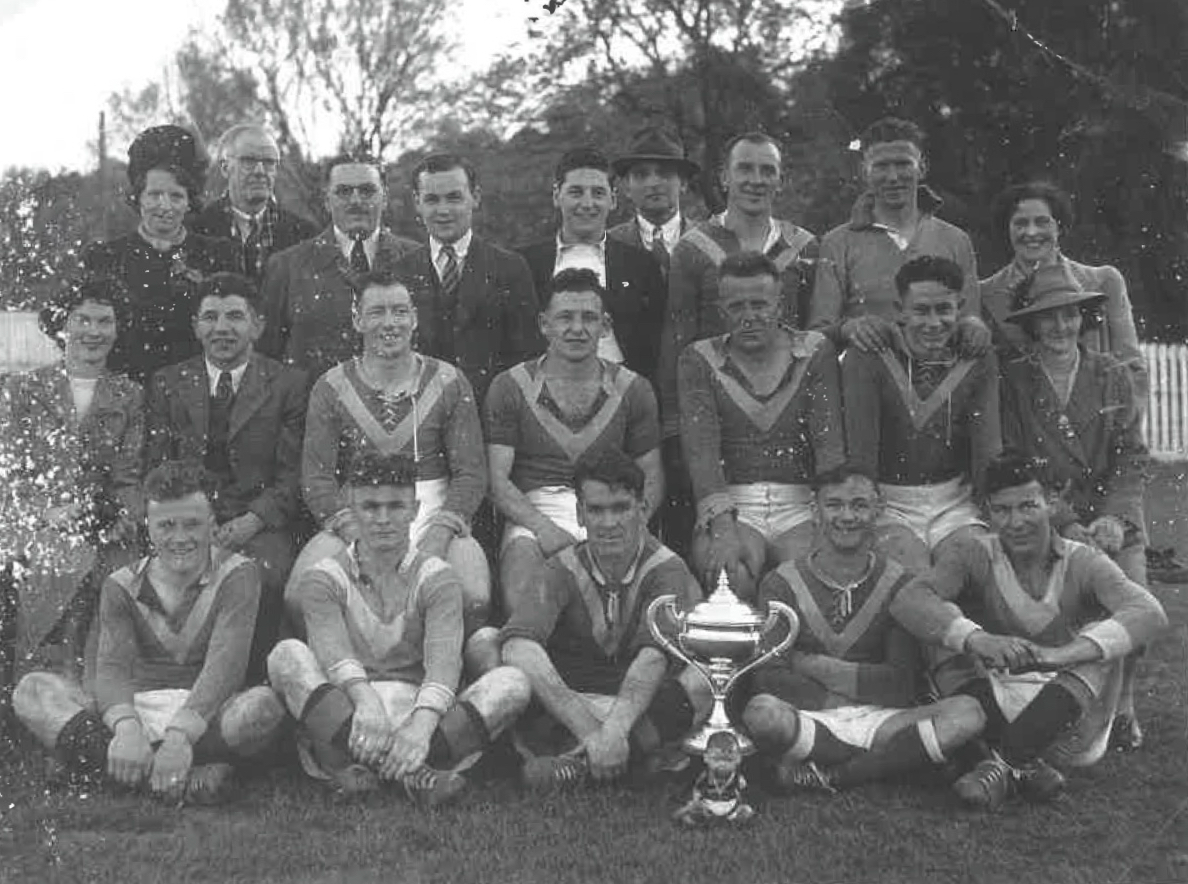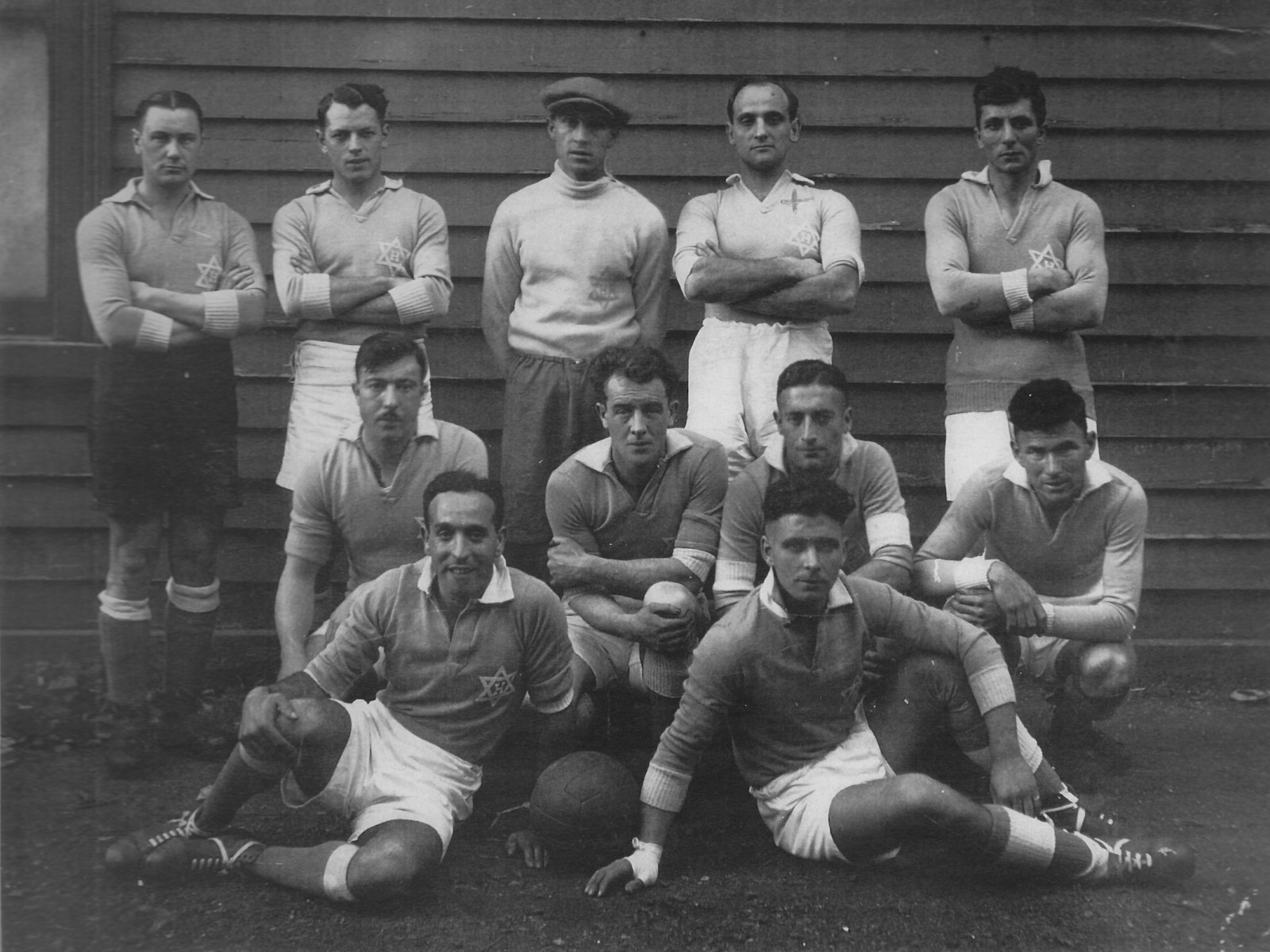In celebration of 100 years of the Dockerty Cup, Football Victoria revisits the Cup’s iconic stature, which serves as a reminder of its many triumphant victors dating back to its inauguration in 1909. In the second of a five-part series exploring the history of the Dockerty Cup, Tony Persoglia examines the period between the Great Wars.
When football resumed after the Great War, a mere eight clubs played each other just once for League honours, with all appearing in a full round of Dockerty Cup matches. Footscray Thistle, formed shortly before the game went into recess, claimed their first piece of silverware with a 2-0 win over Windsor, a glimpse of the first genuine dynasty in Victorian football.
The following year witnessed the first abandoned tournament, the proposed final between Albert Park and Northumberland and Durham United called off, most likely owing to the season running over schedule. From historical accounts, cricket reclaimed the grounds that the VABFA were using, a precursor of the problem associated with the game and its eternal search for dedicated facilities.
Footscray Thistle reprised their role in the final in 1924, losing to Naval Depot by a solitary goal at the Fitzroy Cricket Ground. The clubs would claim six of seven trophies between them between 1926 and 1932, Depot winning three, and Thistle adding four more to their triumph in 1919, becoming the first club to win the Dockerty Cup on five occasions.

The only outlier in the Thistle-Depot stranglehold during this period would be the mighty Wonthaggi Magpies. Football in Wonthaggi had reached its peak at this time, owing in large part to a wave of British migration which coincided with the growth of the Wonthaggi coal mine. Four clubs from the burgeoning town were competing for honours in 1931, but the Magpies were frontrunners, keen to avenge their defeat to Depot in the final three years earlier, a 6-0 defeat a stinging reminder in the gulf in class between metro and country.
The Magpies needed replays to overcome both Melbourne Thistle and Footscray Thistle enroute to the final, and the ultimate encounter against the League champions proved no different. The clubs couldn’t be separated after almost three-and-a-half hours, with finals at the Exhibition Oval and Brunswick Cricket Ground finishing in identical fashion – scoreless stalemates. The third final, played at Wonthaggi Oval produced a fitting result, with Alfy Mackey scoring the match-winning penalty to bring the Cup to regional Victoria for the first time.

Royal Caledonians appeared in three successive finals between 1934 and 1936, nabbing the trophy twice, with wins over Hakoah and Footscray Thistle, appearing in their last final before the looming war would herald the club’s demise. Nobels went one better, claiming a hat-trick of wins at the end of the decade, beating Hakoah, Prahran City and South Yarra in consecutive finals.
Hakoah, the first club of ethnic origin enjoying genuine success, represented the Jewish community with aplomb, winning the Cup in 1935. Their amalgamation with Moreland in 1942 was a sign of the league contracting as players enlisted in the war effort, with only five clubs remaining to keep the competition afloat. The combined entity reached three finals throughout World War II, winning the final in 1945 with a comfortable 6-1 win over Box Hill. With the cessation of hostilities proclaimed at the end of 1946, football would embark upon a new dawn with an influx of players arriving from the European continent.

One of the breakout stars of the Dockerty Cup throughout the era was Alec Forrest, a speedy forward who starred with numerous clubs and etched his name in the record books, scoring a remarkable eight goals in Dockerty Cup finals. His first came in 1934, with a brace for Hakoah in their 3-2 loss to Royal Caledonians in the Cup Final Replay. He helped Hakoah avenge that defeat with another brace the following year, as they edged out Caledonians 4-3 to claim their first trophy. Two more goals followed in the drawn final against Nobels in 1938, and he scored again in the replay the following week, as Hakoah were once again runners-up in a 3-2 loss. Remarkably, Forrest’s eighth and final goal in a Dockerty Cup Final came a decade later, where he assisted Park Rangers to a 4-3 win over South Yarra.

In the next instalment of this series, Tony Persoglia explores the effect that post-war migration had on football in Victoria, and the changing face of the Dockerty Cup in the decades to follow.
